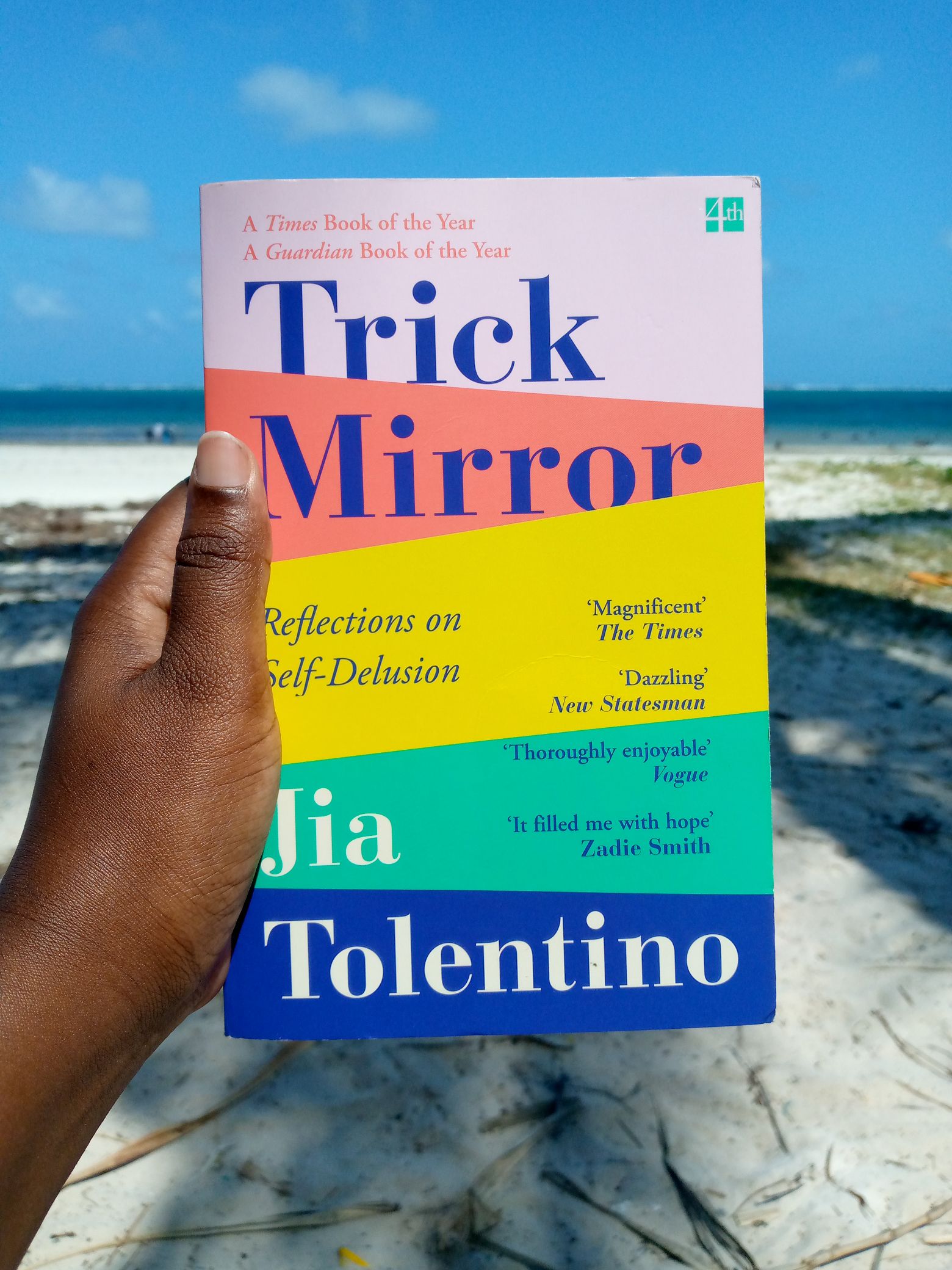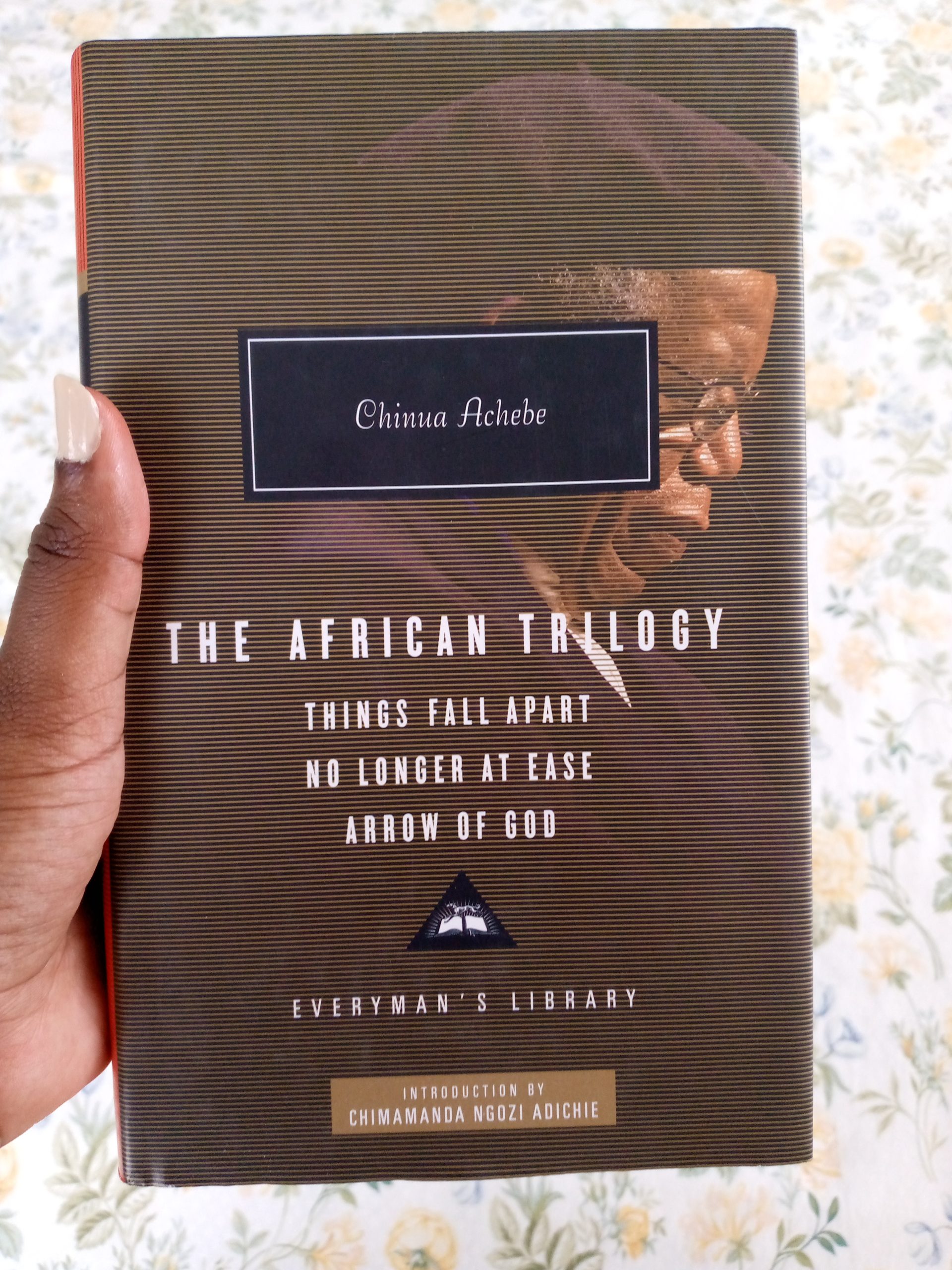Number of Pages: 147
Published by Mkuki na Nyota Publishers Ltd, 2019
Genre: YA Historical Fiction
Personal Rating: 8/10
Karafu, A Freed Slave by Nahida Esmail is a YA Historical Fiction book that was a finalist in the CODE Burt Award for Tanzania in 2017. The book is set in the 1830s and follows the story of 2 teenage children; Samuel AKA Jojoba AKA Karafu and Zainab Barwani.
On September 3rd, 1838, 14 year old Samuel, a domestic servant, Mr Wilson and Mr. Smith, two American friends, board the merchant ship, Friends of Salem. They are travelling from Massachusetts to Zanzibar with the aim of finding the source of the River Nile. Samuel works for Mr. Wilson and considers him a father figure from the way he treats him including teaching him how to read and write.
Unfortunately, Mr. Wilson falls ill aboard the ship and dies. Before his death, he writes something on a piece of paper, crumples it and hands it over to Samuel with instructions to read it. With everything going on after the death of his master, Samuel takes a while to remember the note. When he finally reads it, he finds an apology from Mr. Wilson and an instruction to seek answers from Mr. Smith. It is then that Samuel, decides to seek his father’s friend who pretends to be busy until eventually he is left with no other choice but to tell Samuel the truth.
It turns out that Samuel is indeed Mr. Wilson’s biological child, born to him and a slave woman he freed who is deceased, Hannah. At the time of Mr. Wilson’s union with Hannah, such marriages were not accepted in the United States and neither were biracial offspring. As a result of this, Mr. Wilson had to move from the North to the South to find a favorable environment for his family but even here, racism was rife and upon the death of Hannah, he resorted to keeping it a secret that Samuel was his own child.
Through a diary he keeps, Samuel expresses his shock at the truth about himself and grieves the death of his father. It does not help matters that to avoid diseases on the ship, Mr. Wilson is tied up in sackcloth and thrown overboard. In his naivete, poor Samuel holds on to hope that perhaps his father might still be alive being guided by fish to safety. At the same time, he is uncertain about his future and full of trepidation that Africa is teeming with wild animals and the people are also savages; typical stereotypes of the time. Eventually, the ship docks in Zanzibar and without a second thought, Mr. Smith sells Samuel off as Jojoba to a cruel slave trader called Waziri.
In Zanzibar, 12 year old Zainab Barwani, the daughter of a tycoon Manga Arab, has been living a sheltered life. She has servants to cater for her every need and an assortment of pets, one being her beloved Simba, the cat. As a result of just how pampered Zainab is, she does not take her studies seriously offered by her tutor Mrs. Ghazali. However, she is interested in the stories her father tells her every night, a notable one being Hekaya za Abunuwasi (The tales of Abu Nuwas).
Samuel who has since been sold to Waziri is soon enough bought by Zainab’s father Mr. Barwani and is put in a clove farm to work. It does not take long though before his new master discovers his knowledge of English and the Latin Script. Interested in his children learning the two, he asks Mrs. Ghazali to teach Samuel Arabic and Swahili so that Samuel can pass his prior knowledge to his children. This does not go well with Zainab who is used to ordering around her servants and being rude and unkind to them. But Samuel is a good student who learns fast and here, we get some interesting historical facts from his lessons with Mrs. Ghazali.
I must admit that when I first started reading this book, I did not realize it was Young Adult but soon enough did. This did not however stop me from reading. Karafu, A Freed Slave is an easy read complete with a few black and white illustrations. Through Zainab, we get to realize the colorism that was evident in Zanzibar society at the time when she refuses to get her hair braided by someone of the wrong color. The book also distinguishes between slavery in the US and the one in Zanzibar.
While slaves in the US were not allowed many freedoms, slaves in Zanzibar were allowed 1/2 days off, to cultivate their own crops and to even sell their produce at the market. Some slave masters also had no qualms in ensuring their slaves got educated as in the case with Samuel. But even though Samuel considers himself lucky to have a good master in Mr. Barwani, he cannot help but think of the plight of other slaves and what he can do in his own capacity to ensure freedom for most.
In the 1830s, Barter Trade was the form of commerce and we see such kinds of transactions happening. Zanzibar society at the time was thriving with nationalities such as Indians equally contributing to the economy. For a teenager studying history in high school, this would be a much needed read. Moreover, at the end of the book, there are additional historical facts and vocabulary.
A downside for me though was the dating of paragraphs so that most of the book read like Samuel’s diary entries. I felt this hampered the fluidity of the story but it could be different for another reader. It would be unfair to conclude without crediting the author who clearly invested a lot of time in getting this story to be and for that, I appreciate her efforts.
Karafu, A Freed Slave, deserves to be in every home with young adults.
As Reviewed by Lorna Likiza.
A Review of the book will soon be available on YouTube. Do not forget to like, leave a comment, share and subscribe.
You can support us by becoming a patron today on our Patreon Account



